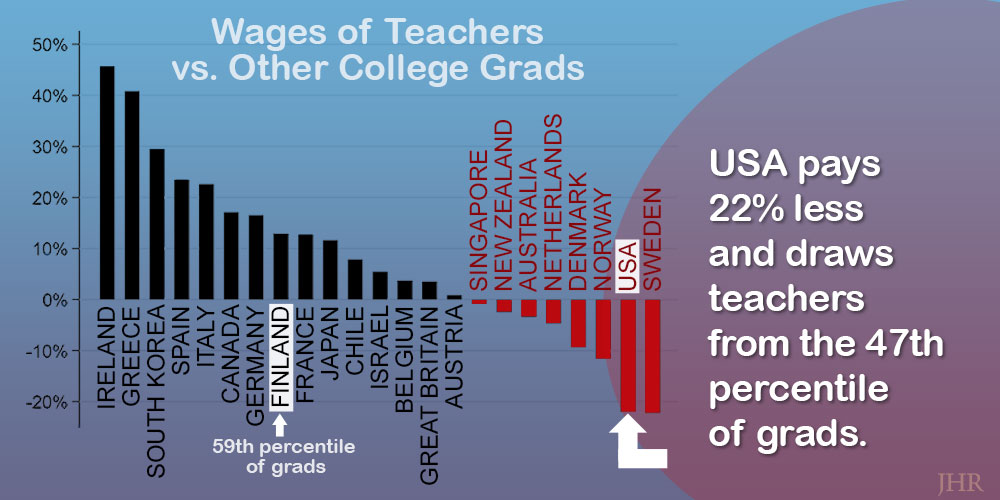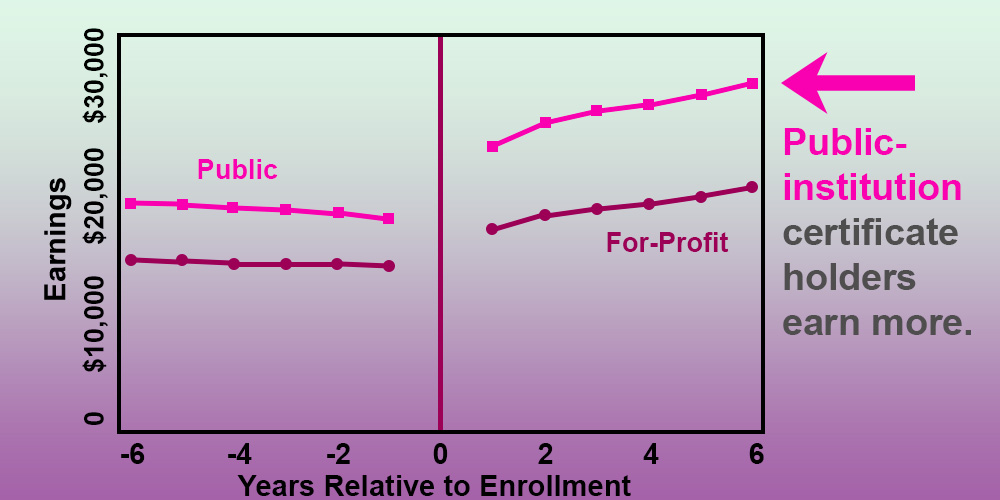Benefits of Smaller Classes—A Cautionary Tale
The relationship between class size and human capital is one of the most researched and debated questions in education, but evidence on this matter has been difficult to come by. In a recent study reported in the JHR, Edwin Leuven and Sturla Løkken present long-term impact estimates of average class size in compulsory school (Grades 1–9) for Norway, specifically looking at effects on income.
Class size is the sum of decisions by parents, schools, and education authorities. Classes of different size therefore typically also differ in many other dimensions that matter for performance. The research challenge is that one therefore needs to keep these other factors fixed. Studies that achieve this in the most credible way either rely on social experiments (for example, the Tennessee STAR study) or exploit quasi-experimental setups that compare externally imposed changes in class size in otherwise similar contexts. The large majority of these studies focus on short-term outcomes, such as test scores. However, fade-out—where the effect diminishes with time—is known to be a concern in education contexts, and test scores may be only a partial measure of the human capital affected by class size. Ultimately we would like to know whether class size also has an impact on outcomes in the long run.
Leuven and Sturla Løkken used data covering all students graduating from middle school, going back to the late 1970s. Using Norway’s registry data they were able to trace these cohorts’ education and earnings up to 2014, when the oldest individuals were 48 years old. Their analysis exploited the introduction of maximum class-size rules—28 in primary and 30 in middle school—which resulted in large drops in class-size for schools with nearly identical enrollment. This allowed the researchers to assess the causal impact of class-size on later outcomes.
What did they find? They did not find any evidence of substantive beneficial effects of smaller class size—neither in primary school nor in middle school. Their most precise estimates reject effects on income as small as 0.26 percent per student reduction in class size throughout compulsory schooling (a 9-year class-size reduction). Decomposing these effects into class-size impacts in primary and middle school gives even smaller and more precise point estimates and rejects beneficial effects on earnings per student decrease in class size as small as 0.12 percent in primary school and 0.15 percent in middle school.
These findings stand in contrast with evidence from Sweden that reported substantial impacts on long-run wages and educational attainment. But the contrasting results cannot be explained by differences in school size and competitive pressure/choice.
The results of Leuven and Løkken’s study emphasize that the effect of class size is not a universal structural parameter and draws attention to the substantial differences in short-run effects across school institutions and populations documented in the literature. The authors summarize, “This is a cautionary tale for those seeking to inform policy with evidence extrapolated from different contexts and highlights the need to deepen our understanding of when and why class size reduction is effective.”
Read the full study in the Journal of Human Resources: “Long-Term Impacts of Class Size in Compulsory School,” by Edwin Leuven and Sturla A. Løkken.
***
Edwin Leuven (@edwinleuven) is at the Department of Economics, University of Oslo, and also affiliated with CESifo, CEPR, ESOP, IZA, and Statistics Norway. Sturla A. Løkken (@sturlaan) is at the Research Department, Statistics Norway and the Department of Economics, Norwegian University of Science and Technology.



